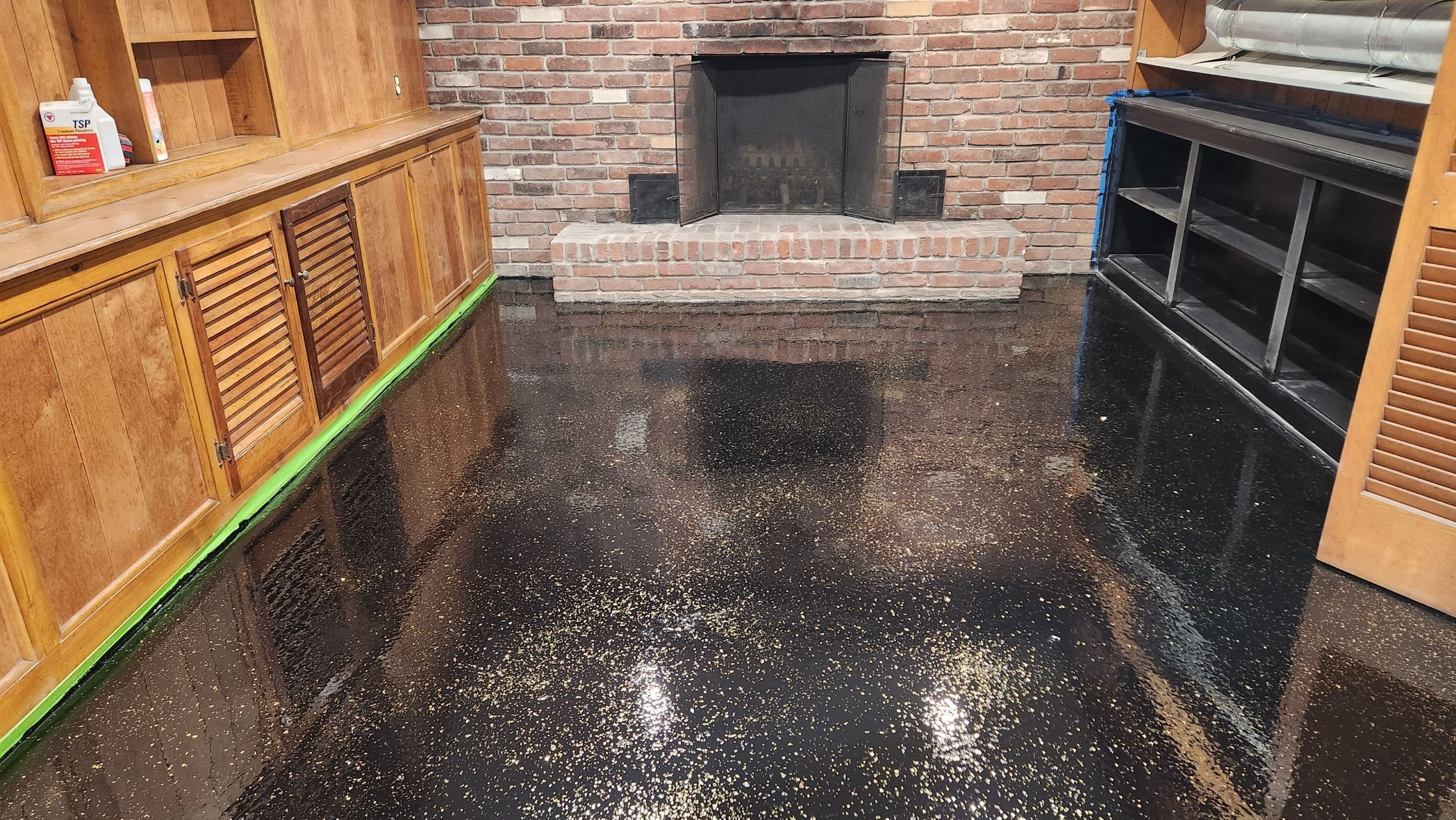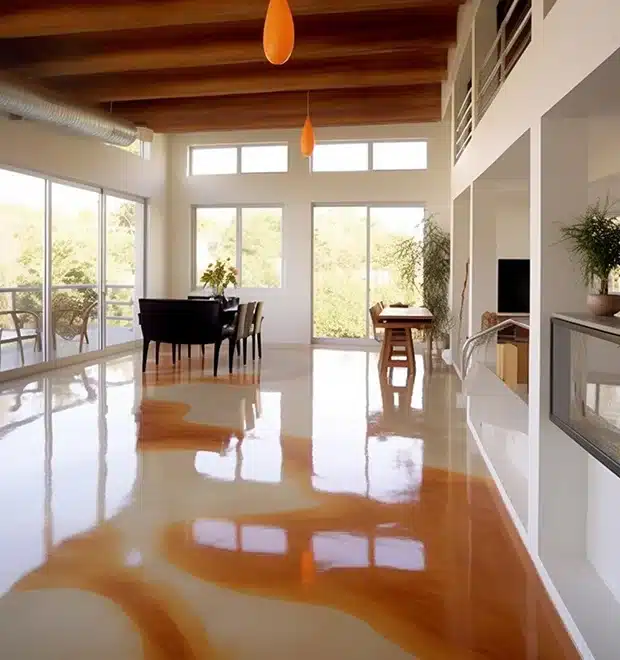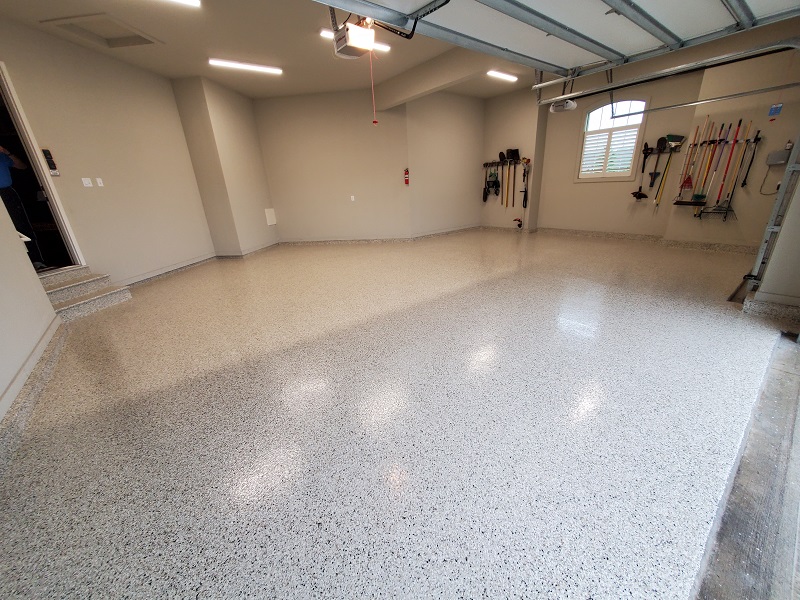Professional Welding Inspection Service for Safety And Security Compliance
Professional Welding Inspection Service for Safety And Security Compliance
Blog Article
Ultimate Guide to Setting Up Resilient Epoxy Floors in Residential Spaces
When it comes to transforming residential spaces with sturdy epoxy floors, a methodical method is essential. There's one aspect often neglected that can considerably impact the long life and quality of the epoxy floor.
Choosing the Right Epoxy Flooring System
Choosing the appropriate epoxy floor covering system is a crucial action in ensuring longevity and performance in domestic areas. Epoxy floor covering offers durability, very easy maintenance, and visual allure, making it a prominent choice for property applications. When choosing an epoxy system, factors such as the sort of epoxy, degree of resilience called for, layout preferences, and spending plan constraints must be considered.
There are different kinds of epoxy floor covering systems available, including water-based epoxy, solvent-based epoxy, and 100% strong epoxy. 100% solid epoxy is the most sturdy alternative, perfect for high-traffic areas in household spaces.

Preparing Your Residential Room
When taking into consideration the installation of sturdy epoxy floorings in domestic spaces, appropriate preparation of the location is essential to ensuring a lasting and successful application. The initial action in preparing your household area for epoxy floor covering is to completely clean the surface.
Following, it is necessary to repair any type of splits, holes, or imperfections in the floor. These should be filled and leveled to create a smooth and even surface area for the epoxy covering to be applied. Additionally, look for dampness concerns as extreme dampness can trigger the epoxy to bubble or peel. Address any type of dampness troubles prior to proceeding with the installation.
Lastly, make certain proper ventilation in the space during the installment process to permit the epoxy fumes to dissipate. Appropriate prep work of the household location establishes the structure for a successful epoxy flooring application.
Applying Epoxy Layer
To start the procedure of using epoxy covering, completely mix the epoxy material and hardener according to the producer's guidelines. It is essential to adhere to the recommended blending proportions specifically to ensure the epoxy cures appropriately and attains maximum longevity. When the epoxy components are blended, pour the mixture onto the prepared floor surface area in a ribbon pattern.
Using a roller with a medium-nap cover, spread the epoxy evenly over the flooring, operating in convenient areas to stop the epoxy from drying out also promptly. Be certain to back-roll the applied epoxy to remove any kind of pools or irregular locations, guaranteeing a regular and smooth finish.

Permit the epoxy covering to cure according to the manufacturer's instructions before proceeding with any more actions to make sure a durable and resilient finish.
Making Sure Proper Treating and Drying Out
Reliable treating and drying out procedures are crucial to achieve the wanted sturdiness and durability of epoxy floorings in residential spaces. Appropriate curing involves offering the epoxy covering sufficient time to solidify and bond entirely to the substratum.
In addition, making sure adequate ventilation in the room is essential for the drying out process. Correct air flow assists the epoxy layer to heal uniformly and prevents any type of concerns like gurgling or irregular drying out. Maintaining consistent temperature level degrees within the curing location is additionally important, as extreme temperatures can negatively affect the treating procedure. It is recommended to comply with the manufacturer's guidelines for healing and drying out times to assure optimal results and make best use of the toughness of the epoxy flooring in domestic setups.

Expanding and maintaining Epoxy Flooring Life-span
Appropriate maintenance techniques play a critical role in extending the life expectancy of epoxy floorings in household settings. Normal cleaning is necessary to stop dust and particles from square one the surface of the epoxy floor. It why not try this out is suggested to sweep or vacuum the flooring daily and wipe it with a mild cleanser frequently. Prevent making use of extreme chemicals or abrasive cleansing tools that can damage the epoxy finish. Furthermore, putting mats at entry points can help reduce the amount of dust and moisture brought onto the floor.
To even more protect the epoxy floor, take into consideration applying a brand-new topcoat every few years, particularly in high-traffic areas. By adhering to these upkeep suggestions, property owners can ensure their epoxy floors stay long lasting and visually appealing for years to come (Welding Inspection Service).
Verdict
In verdict, setting up long lasting epoxy floors in residential rooms needs careful consideration of the epoxy flooring system, comprehensive preparation of the area, appropriate application of the epoxy coating, and ensuring right curing and drying out processes. By following these steps faithfully, home owners can attain a lasting and visually attractive epoxy floor that improves the durability and aesthetics of their living areas.
When it comes to transforming household rooms with durable epoxy floors, a methodical approach is essential. When selecting an epoxy system, factors such as the type of epoxy, degree of longevity needed, style preferences, and budget plan restraints have to be taken into consideration.
There are different kinds of epoxy flooring systems readily available, including water-based epoxy, solvent-based epoxy, and 100% solid epoxy.When considering the setup of resilient epoxy floors in property rooms, appropriate preparation of the area is fundamental to making sure a successful and long-lasting application.To start the process of using epoxy finishing, extensively blend the epoxy resin and hardener according to the producer's Source guidelines.
Report this page